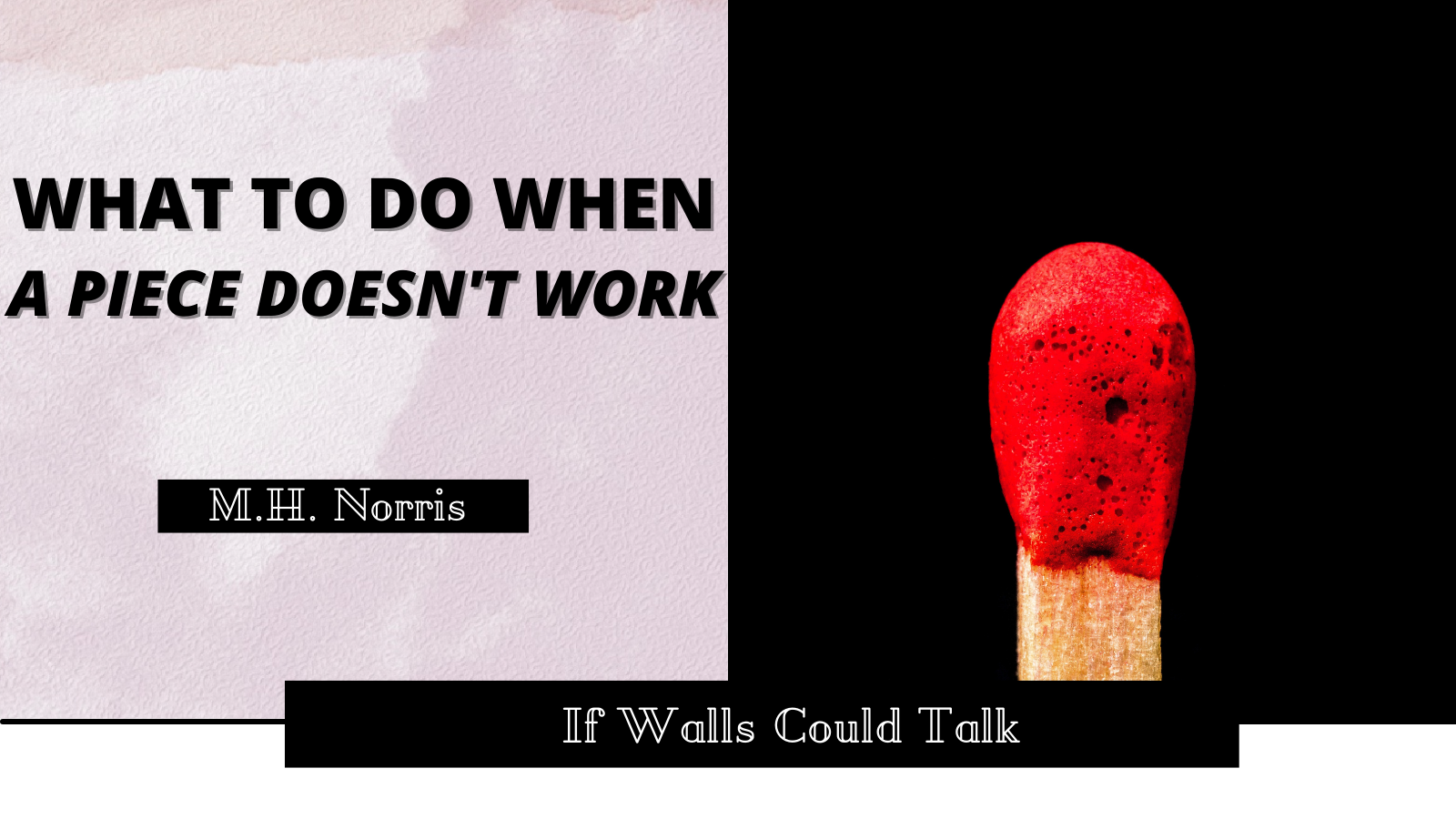
When I write these weekly columns, I like to thank my tone is chill and informal. I’m writing to you all as if I’m chatting with friends. I’ve been fortunate that I can write in a fairly relaxed style for most of my writing career.
Even my fiction is less formal than I see other authors doing. It’s just my style and how I approach the craft.
Over the last week, I was presented with the challenge of writing a news piece, something I was a little rusty at.
I wrote an article and to my dismay (but not my surprise), I ended up writing a puff piece. My initial topic was simply too light weight, despite covering a series of announcements.
At first, I tried to fix it but then realized that this idea couldn’t be salvaged for this particular project. It’s frustrating. I mentioned this last month, but having to go and take a second round can be discouraging.
But in this case, unlike the examples in my earlier article, I had to completely scrap the idea and start back at square one.
What do you do if you end up in this situation?
1) Research
I’d done research into the market before I started, but after the failed attempt, I went on a deeper dive. Then James went on a deep dive with me.
Researching what you’re writing can help you in multiple ways. First, it can confirm that your topic hasn’t been overly covered (or covered at all by the website in question). Second, it helps you get a better feel for the website and their style of writing. Third, it might inspire you with a new idea.
2) Choose a New Topic
As mentioned earlier, I was planning to cover Pokémon. But, after the failed attempt, I couldn’t figure out how to make the franchise work for this particular project.
Which had me utterly stumped. There was a solid hour where my brain could not think of an option. It took talking things through with James and Nicole and us coming up with (and promptly dismissing) about a dozen options before an obvious answer came into play.
3) Look at your Sources
Occasionally, I cite books or podcasts here. But, sources can be your best friend in building any story. Many companies have press kits with photos available to download. They can also provide information and answers to basic questions.
Social media is another valuable source for information. In this case, while I’m in my new topic’s official Discord Server, I wanted a more public source of the announcement. So, I went to their Twitter.
Both from an information and an aesthetic standpoint, this move made sense. When writing for the web, you can embed tweets into posts. You can also share them from your social media as well.
Between their press kit and their social media, I had everything I needed to be able to produce this piece. Luckily, the word count was short. For me, the largest I can get a news piece based on announcement – or other brief news event – is really around 500 words. Anything more and I consider it far too speculative to be considered news.
From that point, the piece came together and I ended up with a product that I was happy with.
Finding Your Way
So what do you do when your piece just doesn’t work?
Sometimes it’s salvageable and in editing you can fix the major issues. I’ve had my fair share on both sides of that problem. Sometimes it’s just a pacing issue, or a lack of focus: a concrete issue which is simple enough to fix.
But, sometimes you run into the problem I did last week. The piece itself just won’t work at all and there is no salvaging it. Those times can be frustrating. You put your time into it, and it feels like it was for nothing.
Like I mentioned a few weeks ago, no writing is for nothing. If nothing else, it lends itself to valuable experiences: You learn more the more you write; even failed projects have their lessons. If I’m honest, in my experience, failed projects have given me more lessons than successful ones.
My best suggestion is that if you want to make the original piece work, try and find a new home for it. That’s what I did with my original piece. I’m repackaging it slightly and sending it somewhere else. In this case, it’s a place where the tone hits better and where they do accept puff pieces.
And if that’s not an option, upload it into your portfolio. If you’re proud of the sample, it can be used to help you get jobs along the way. Whether you’re looking for a day job that involves writing or you’re a freelancer seeking to acquire more clients, a portfolio is a valuable asset to have.
Enough from me this week. But share with me your stories of times you had to scrap and start again. Or times you were able to take a project and find a home for it. Find me on Twitter (@girlinpink44) or leave a comment here.
Until next week, guys!




